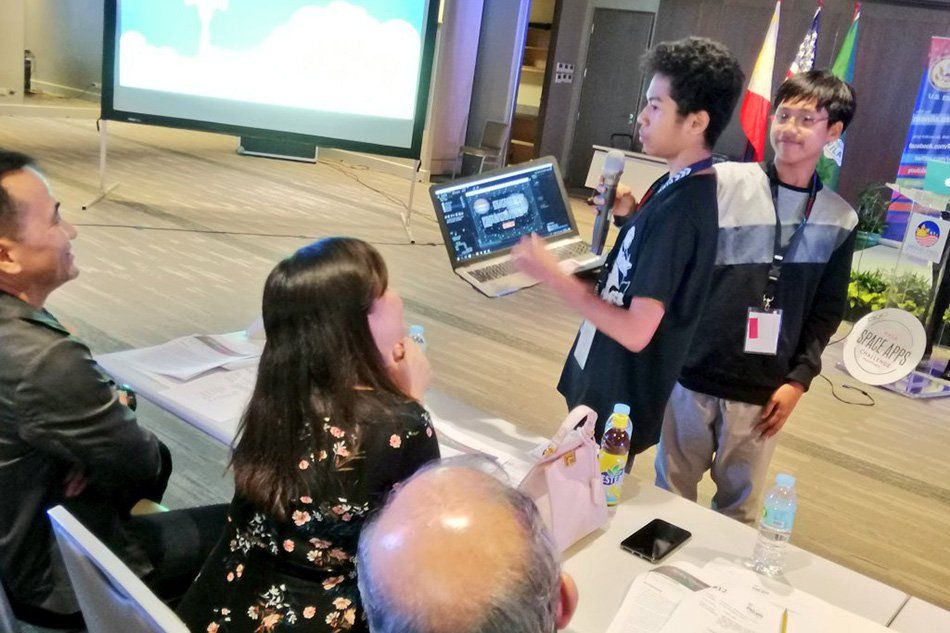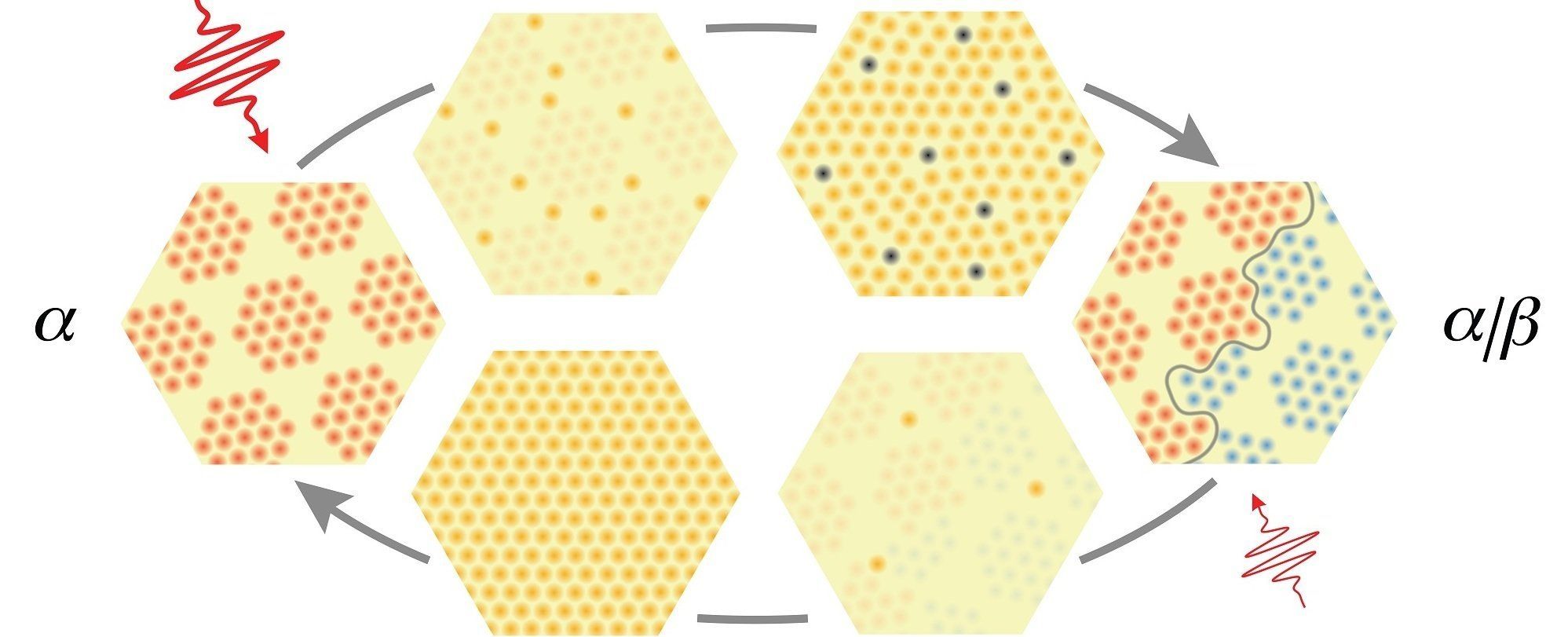Page 9135
Oct 23, 2018
People Are Living Inside Landfills As The World Drowns In Its Own Trash
Posted by Xavier Rosseel in category: materials
If it floats, is it a ‘lifeboat’?
While the oceans fill up with plastic waste, a horrifying crisis unfolds on land.
Oct 23, 2018
Mars likely to have enough oxygen to support life — study
Posted by Michael Lance in categories: innovation, space
Salty water just below the surface of Mars could hold enough oxygen to support the kind of microbial life that emerged and flourished on Earth billions of years ago, researchers reported Monday. Current latest trending Philippine headlines on science, technology breakthroughs, hardware devices, geeks, gaming, web/desktop applications, mobile apps, social media buzz and gadget reviews.
Oct 23, 2018
Biohackers Are Implanting Everything From Magnets to Sex Toys
Posted by Derick Lee in categories: bioengineering, biotech/medical, bitcoin, business, cybercrime/malcode, cyborgs, ethics, health, internet, robotics/AI, sex, transhumanism
Biohacking raises a host of ethical issues, particularly about data protection and cybersecurity as virtually every tech gadget risks being hacked or manipulated. And implants can even become cyberweapons, with the potential to send malicious links to others. “You can switch off and put away an infected smartphone, but you can’t do that with an implant,” says Friedemann Ebelt, an activist with Digitalcourage, a German data privacy and internet rights group.
Patrick Kramer sticks a needle into a customer’s hand and injects a microchip the size of a grain of rice under the skin. “You’re now a cyborg,” he says after plastering a Band-Aid on the small wound between Guilherme Geronimo’s thumb and index finger. The 34-year-old Brazilian plans to use the chip, similar to those implanted in millions of cats, dogs, and livestock, to unlock doors and store a digital business card.
Kramer is chief executive officer of Digiwell, a Hamburg startup in what aficionados call body hacking—digital technology inserted into people. Kramer says he’s implanted about 2,000 such chips in the past 18 months, and he has three in his own hands: to open his office door, store medical data, and share his contact information. Digiwell is one of a handful of companies offering similar services, and biohacking advocates estimate there are about 100,000 cyborgs worldwide. “The question isn’t ‘Do you have a microchip?’ ” Kramer says. “It’s more like, ‘How many?’ We’ve entered the mainstream.”
Continue reading “Biohackers Are Implanting Everything From Magnets to Sex Toys” »
Oct 22, 2018
BinaryGAN: a generative adversarial network with binary neurons
Posted by Saúl Morales Rodriguéz in categories: information science, media & arts, robotics/AI, space
Researchers at the Research Center for IT Innovation of Academia Sinica, in Taiwan, have recently developed a novel generative adversarial network (GAN) that has binary neurons at the output layer of the generator. This model, presented in a paper pre-published on arXiv, can directly generate binary-valued predictions at test time.
So far, GAN approaches have achieved remarkable results in modeling continuous distributions. Nonetheless, applying GANs to discrete data has been somewhat challenging so far, particularly due to difficulties in optimizing the model distribution toward the target data distribution in a high-dimensional discrete space.
Hao-Wen Dong, one of the researchers who carried out the study, told Tech Xplore, “I am currently working on music generation in the Music and AI Lab at Academia Sinica. In my opinion, composing can be interpreted as a series of decisions—for instance, regarding the instrumentation, chords and even the exact notes to use. To move toward achieving the grand vision of a solid AI composer, I am particularly interested in whether deep generative models such as GANs are able to make decisions. Therefore, this work examined whether we can train a GAN that uses binary neurons to make binary decisions using backpropagation, the standard training algorithm.”
Continue reading “BinaryGAN: a generative adversarial network with binary neurons” »
Oct 22, 2018
Researchers switch material from one state to another with a single flash of light
Posted by Paul Gonçalves in category: materials
Scientists from the Department of Energy’s SLAC National Accelerator Laboratory and the Massachusetts Institute of Technology have demonstrated a surprisingly simple way of flipping a material from one state into another, and then back again, with single flashes of laser light.
Oct 22, 2018
Three strong earthquakes reported in Pacific Ocean off Vancouver Island
Posted by Genevieve Klien in category: futurism
Three relatively strong earthquakes that began Sunday night in the Pacific Ocean off Vancouver Island didn’t trigger a tsunami because they happened along a fault line where sections of the Earth’s crust are moving sideways, says an earthquake seismologist with Natural Resources Canada. .
Oct 22, 2018
How Does The ‘Shape’ Of An Electron Limit Particle Physics?
Posted by Genevieve Klien in category: particle physics
The ACME experiment has released new result showing the “roundness” of the electron, which are touted as a test of fundamental physics theories. How does that work, anyway?
Oct 22, 2018
Researchers discover drug cocktail that increases lifespan
Posted by Manuel Canovas Lechuga in categories: biotech/medical, economics, life extension
A team of researchers led by Principal Investigator Dr. Jan Gruber from Yale-NUS College has discovered a combination of pharmaceutical drugs that not only increases healthy lifespan in the microscopic worm Caenorhabditis elegans (C. elegans), but also delays the rate of ageing in them, a finding that could someday mean longer, healthier lives for humans.
The study, published in the peer-reviewed international journal Developmental Cell on 8 October 2018, lays crucial groundwork for further research into designing drug combinations that produce the same effect in mammals.
“Many countries in the world, including Singapore, are facing problems related to ageing populations,” said Dr. Gruber, whose lab and research team made the discovery. “If we can find a way to extend healthy lifespan and delay ageing in people, we can counteract the detrimental effects of an ageing population, providing countries not only medical and economic benefits, but also a better quality of life for their people.”


















